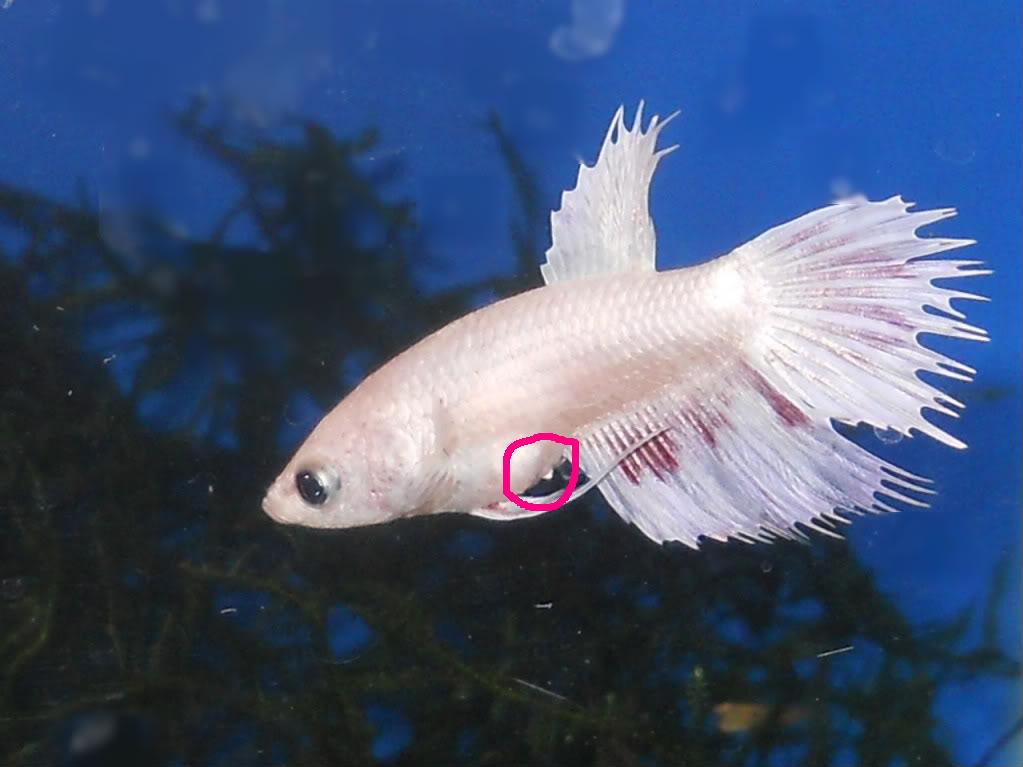
Best 5 Foods for Your Fish to Stay Healthy in 2025
As aquatic pets, fish require a well-balanced diet to thrive. Understanding the types of fish food available and how they relate to the fish diet is essential for any fish owner. Whether you're caring for tropical fish, goldfish, or bettas, the right nutrition is vital for their health and well-being.
This article will delve into the best fish food options available in 2025, exploring various types, including fish flakes, fish pellets, and live foods. We'll discuss the role of protein for fish, the importance of incorporating vegetables into their diet, and how to create a proper fish feeding schedule. Join us as we discuss how to enhance your fish's health through nutrition!
1. Quality Fish Flakes
Fish flakes are a popular choice among aquarium owners. Not only are they convenient to use, but they also provide essential nutrients that support fish health. These flakes are designed to float, making them accessible for surface feeders.
Quality fish flakes typically contain a balance of proteins, fats, vitamins, and minerals vital for your aquarium fish. Look for flakes that list whole fish or fish meal as the first ingredient to ensure a high protein content. Additionally, they should be fortified with vitamins like A, C, and E, which are crucial for maintaining optimal fish health.
You should consider the species of your fish when selecting flakes. For example, bettas benefit from high-protein content, while herbivorous fish may require vegetarian options. A fish flakes review can help you make an informed choice about the right product for your aquatic companions.
2. Nutritional Fish Pellets
Fish pellets are another excellent option for feeding your fish. Pellets tend to sink, making them ideal for bottom-feeding species, and they come in various sizes to accommodate different fish types. A good quality pellet food will offer a high protein level as well as vitamins, enhancing your fish's nutrition.
When selecting pellets, look for those that are specified for your fish species and have appropriate nutritional values. For example, there are specific formulations for cichlids, goldfish, and tropical fish, each reflecting their unique dietary needs.
Correct usage of pellets is essential to prevent overfeeding. Observe your fish, and adjust the amount accordingly to ensure they eat everything within 2-3 minutes to maintain good water quality in your tank.
3. Live Food for Fish
Providing live food can stimulate the natural hunting instincts of your fish, making it an exciting and nutritious addition to their diet. Options like brine shrimp, bloodworms, and daphnia offer excellent sources of protein and promote healthy growth.
Live foods are especially beneficial during breeding periods, as the high protein content aids in the recovery of spawning fish and enhances fry development. If you are interested in live food, be mindful of the source, as live foods must be free from disease to avoid introducing parasites that could affect your fish.
Additionally, experimenting with live food can help you identify your fish’s feeding behavior and preferences, which can be crucial for ensuring their happiness and health.
4. Frozen Fish Food
Frozen fish food is another practical alternative that provides many benefits similar to live food but with added convenience and less risk of disease. Products available include frozen brine shrimp, bloodworms, and even edited vegetable mixtures.
Frozen food should be thawed before feeding to prevent digestive issues. Offering this type of food can diversify your fish’s diet and provide essential micronutrients that commercial foods may lack.
Moreover, frozen foods can be perfect for feeding during emergencies, ensuring your fish receive the nutrients they need even when fresh options aren’t available.
5. Vegetables and Fish Supplements
Incorporating vegetables into your fish's diet is essential for their overall well-being. Options such as spinach, zucchini, and peas provide necessary fiber, which aids digestion and supports a healthy fish bowel movement.
Some fish, like herbivorous species, thrive on a plant-heavy diet. Remember to blanch vegetables to make them easier for fish to consume. You should feed these alongside their regular diet to create a well-rounded nutrition plan.
Fish supplements, particularly those containing spirulina, can also be beneficial. They enhance colors and improve immune responses, contributing to a healthier lifestyle for your fish.
Conclusion
Fish health greatly depends on their dietary choices. Providing a variety of food types—such as fish flakes, pellets, live and frozen food, as well as vegetables—ensures a balanced diet for your aquatic pets. Monitor their feeding habits and adjust food types and quantities as needed to maintain optimal health.
Ultimately, understanding fish nutrition and tailoring their diets can lead to a vibrant and thriving aquarium ecosystem in 2025 and beyond!